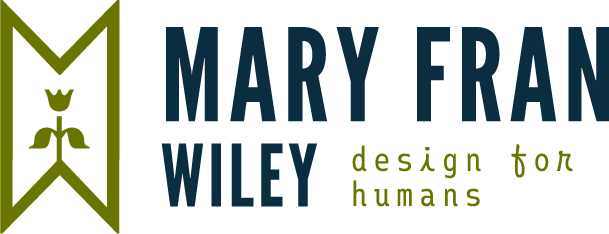“The only thing necessary for the triumph of evil is for good men to do nothing.” ― Edmund Burke. UX is not a discipline you may think of when you think of standing up to systemic racism, inequality and bigotry, however UX practitioners are responsible for what exists on the internet. For the experiences that […]
UX & UI
UX Gym: The skill building exercises we use at FCB to deepen our team’s UX practice
I truly believe that User Experience is a practice. It is both set of skills used habitually and activities that must be done repeatedly to improve. In order to keep that belief central to our team’s ethos ad culture, we gather twice a month to train. When I came to FCB, Gym was a serious […]
